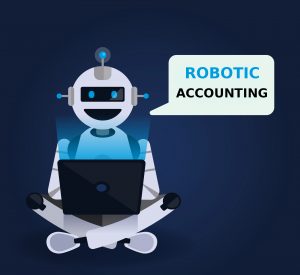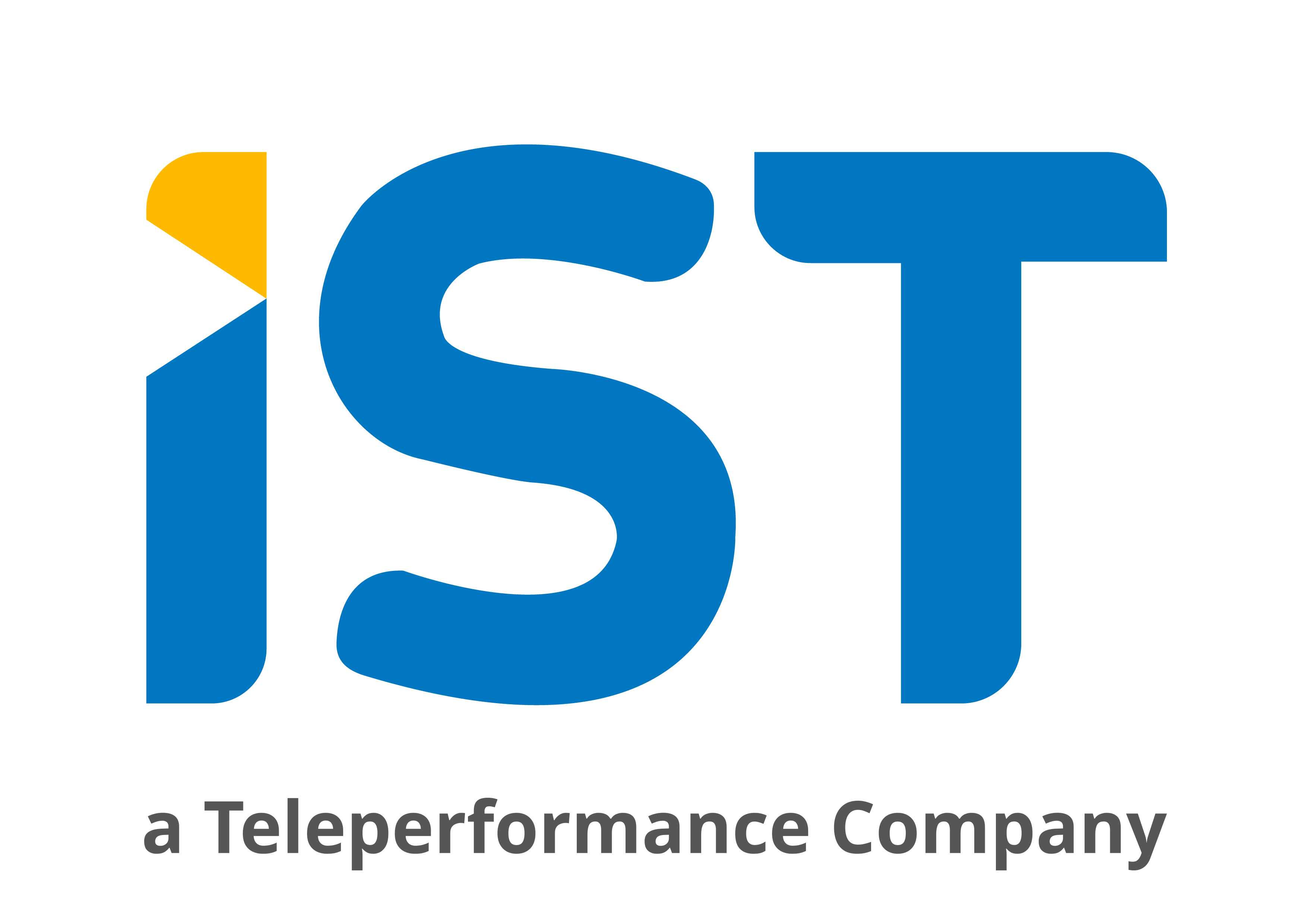
Robotic accounting, or robotic process automation in accounting, is defined as the use of robotics submissions, like UiPath , to reduce the amount of human work essential to process accounting and finance department transactions. Just think of “accounting robots” as a tool that can reduce the effort needed to move monotonous data between different accounting systems and outside applications, instead of just being confined to one. Accounting RPA is often perceived as a human replacement, but accounting robotics is more of an “automatic arm” that can support finance and accounting operations staff process work faster by reducing data movement work. Software applications like UiPath, have simplified the work and skill necessary to create an artificially intelligent accounting workforce, a.k.a. robotic assistants by removing the need to understand computer code to incorporate data movement in between multiple data sources.
[sign up for upcoming webinar on UIPath RPA in finance and accounting by clicking here]Robots in accounting and finance are similar to Excel instructions. However, the key difference between them is that instead of being limited to the function running only in Excel, RPA software runs across any accounting application that you work with. Think of RPA as a function that can tell three applications what to do instead of just Excel. Robotic process automation in accounting is also often stated to as an AI (artificial intelligence) and machine intelligence. They’re exchangeable for a reason, as they all refer to the RPA process. Most RPA providers for finance processes try to make the technology sound complex to build propaganda and the sales interest of CFOs and leaders of accounting departments. But don’t be fooled. RPA is much simpler than you might be directed to believe.
Benefits of RPA are different from traditional system integration. How? Well, RPA bridges the gap between disparate applications – it really is “the last mile” of process automation. Where most large finance system implementations like SAP and Oracle fell short in terms of straight through processing, robots integrate at the micro-task level where the big systems could not. The result of robotic accounting includes reduced labor costs, cycle times, increased accuracy and simplified workflows.
Robotic accounting’s benefits are both financial and operational, including:
- Non-invasive application. Robotic accounting is both a bond and a layer, sitting on top/across current infrastructure, reducing reliance on needs to change a company’s IT infrastructure
- Customizable workflow. RPA in finance and accounting is not narrowed to one part of a process – it can be applied to multiple processes at one time; accounts payable, accounts receivable, financial close, controller work, financial planning and analysis, expense management, and even tax.
- Nonstop work around the clock. Finance and accounting RPA has no working hour boundaries. They can run 24/7/365, increasing productivity to levels outdated work can’t reach.
- Consistency and Zero errors in work. Robotic accounting excels at error free data movement with reduced output inconsistency.
- Productive employees. With robots in accounting taking care of slow data entry type work, human workers are free to cover high value work where they’re truly needed. You wouldn’t think it, but robots can actually make humans happier!
- Ease and speed of installation. A robot can be installed in less than a week. But – you have to do that analysis to figure out the best bang for your buck in terms of where to install them in your accounting operations first.
Robotic process automation use cases in finance and accounting are distinct as documented actions, or steps, of a process, that are opportunities to implement RPA. These are documented at the front-line employee level by taking the work steps undertaken on their computers or other electronic end-user devices. Finance and accounting RPA use cases ease the preparation needed for automation of information movement across systems. For more information on how UiPath & IEase and speed of installation. A robot can be installed in less than a week. But – you have to do that analysis to figure out the best bang for your buck in terms of where to install them in your accounting operations first. IST can help you with implying RPA in your organization please press Here
[sign up for upcoming webinar on UIPath RPA in finance and accounting by clicking here]
